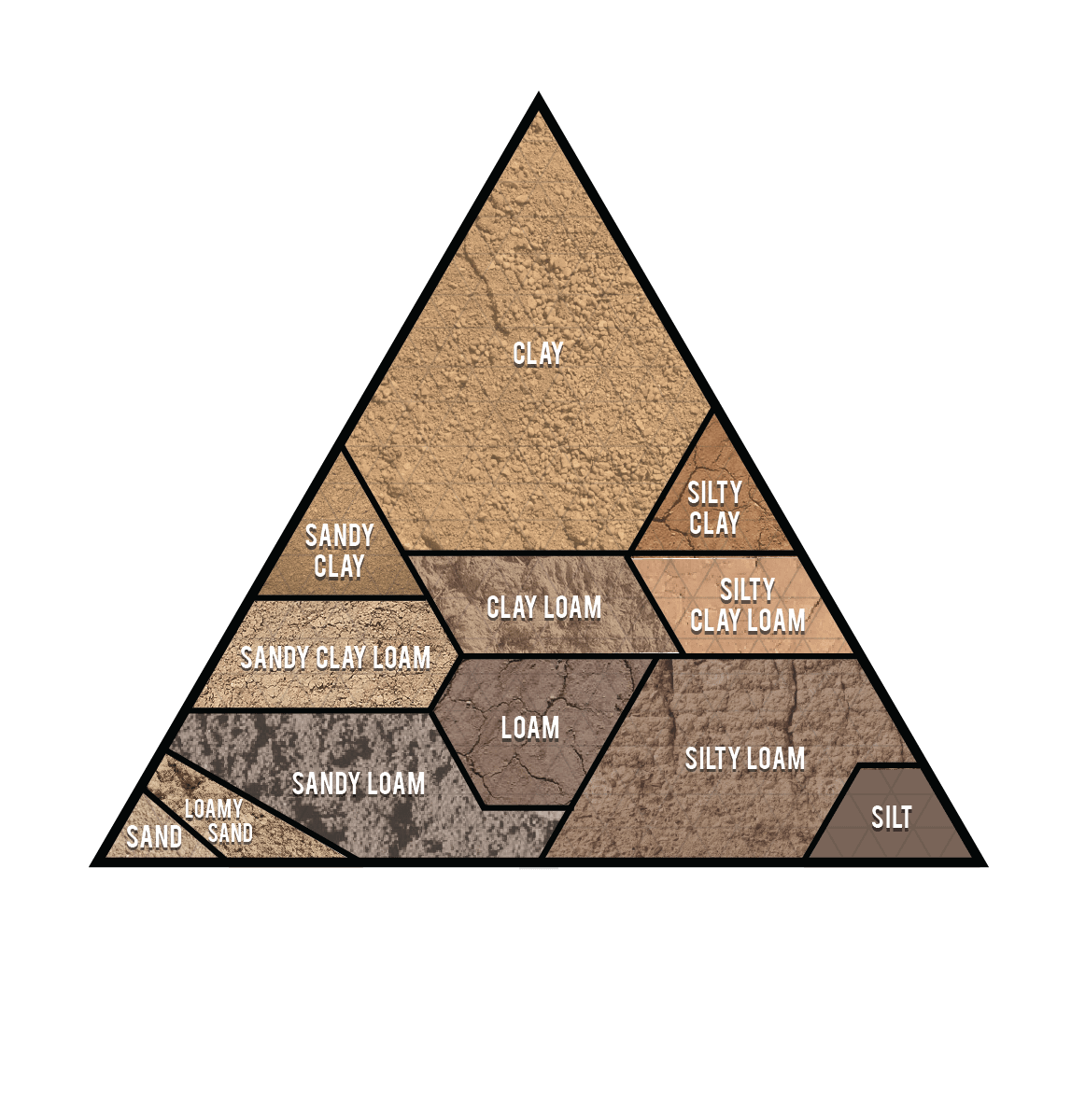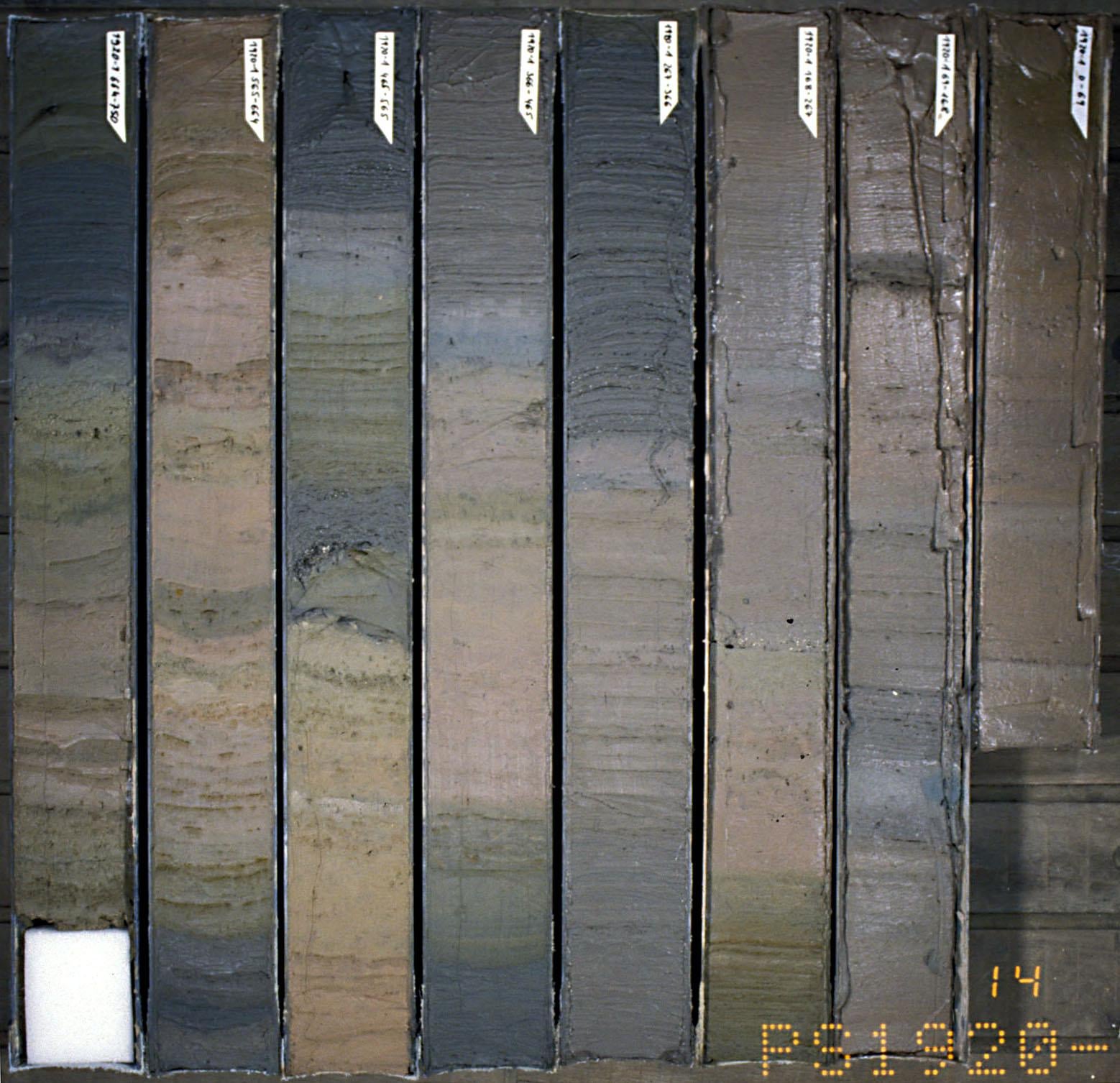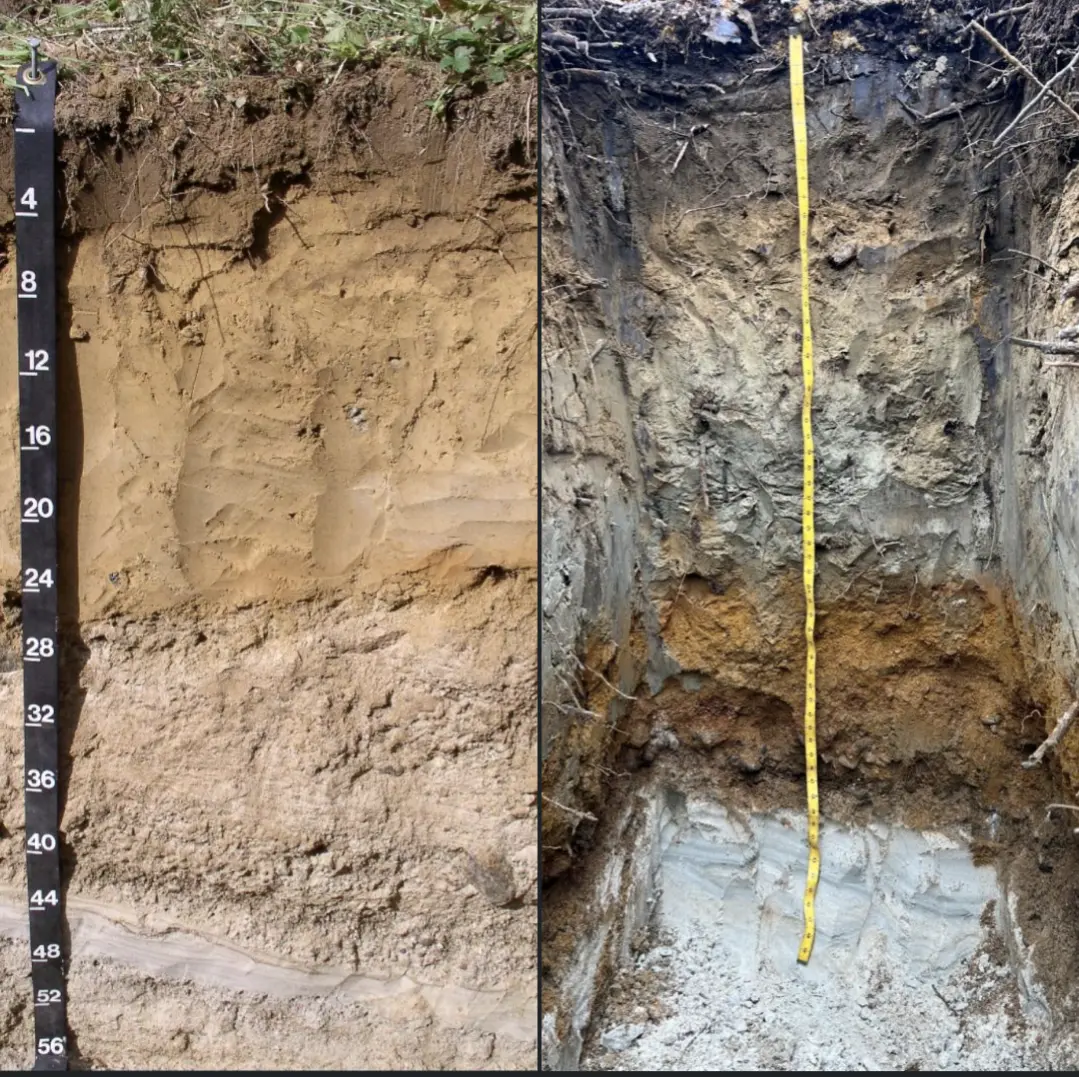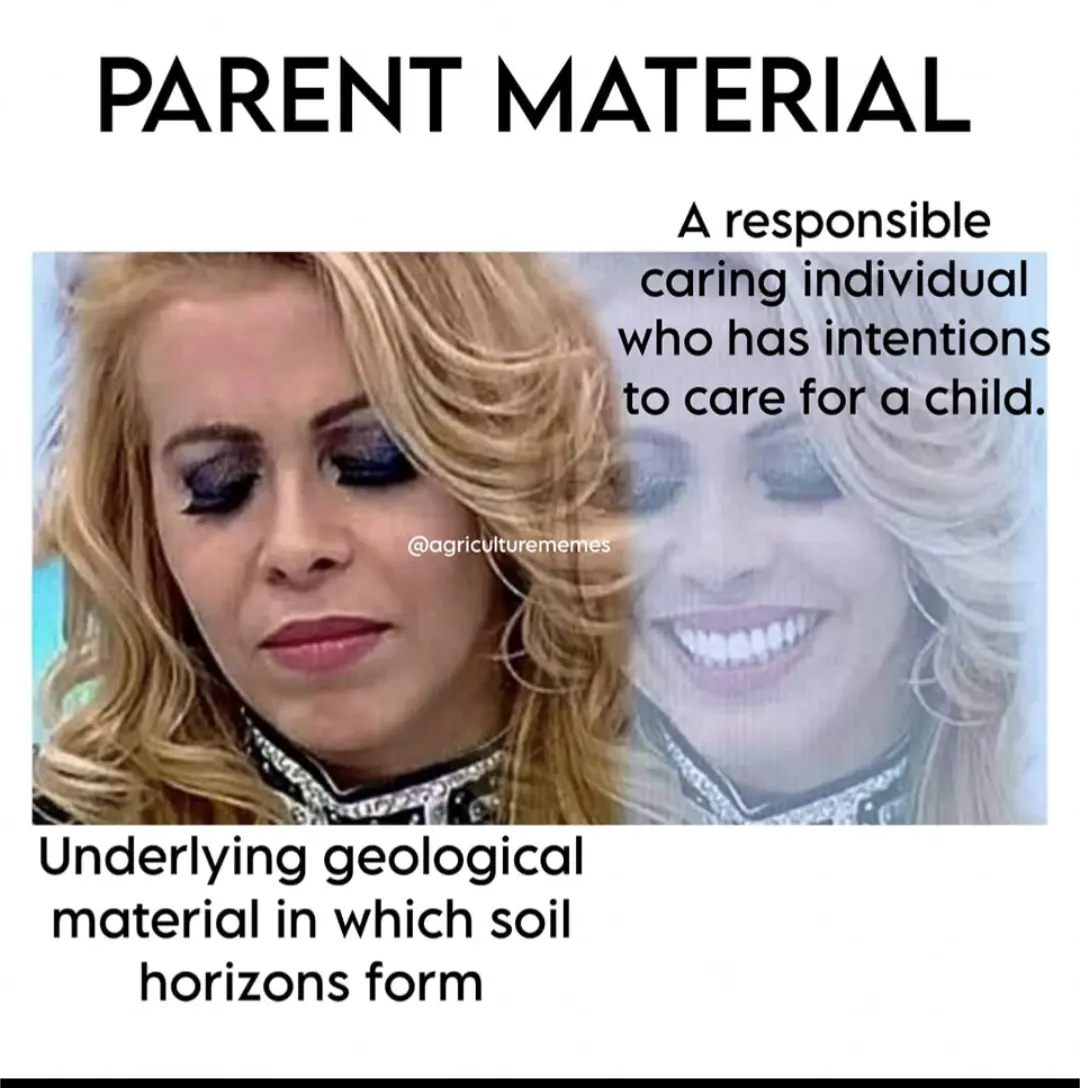Summary of the day [6 Febuary 2024]
The European Commission president, Ursula von der Leyen, said she would suggest withdrawing a plan to reduce pesticides and could propose a different one.
The move is part of Brussels’ gesturing to farmers amid protests across the continent.
The European farming lobby, Copa and Cogeca, welcomed the announcement, writing that the “European Commission is finally acknowledging that the approach was not the right one, and is thereby reinforcing the credibility and importance of the ongoing strategic dialogue.”
The Belgian prime minister, Alexander De Croo, also welcomed the move, saying that it is “crucial we keep our farmers on board to a more sustainable future of farming, as part of our determination to get the Green Deal done. The dialogue continues.”
MEP Alexander Bernhuber, the European People’s Party group’s chief negotiator on pesticides, said that “this is a first good sign that the Commission will work with farmers to tackle climate change rather than against them.”
Green MEP Sarah Wiener said that negotiations on the new pesticides regulation had been stuck for months and that “it is regrettable that it had to come to this, but at the same time this gives us a new opportunity to continue working on the SUR.”
The European Commission today also recommended a 90% net greenhouse gas emissions reduction by 2040 compared to 1990 levels, though the proposal was interpreted as a watered down version of earlier plans due to political pressure linked to farmers’ concerns.
Greenpeace criticised the Commission proposal, arguing that “the absence of a phase-out plan for fossil fuels, and even for subsidies, not only delays the climate action we urgently need, but will end up hurting people more.”
Spanish farmers used WhatsApp groups to stage a series of informal protests today, blocking off major roads around the country to demand fair prices for their produce and a reduction in bureaucracy.
Italian farmers are staging a significant demonstration in Rome this week by driving their tractors around the city, while their colleagues in the north led a cow through the streets of Milan.
Italian senators are to debate plans by the far-right government to decriminalise abuse of office, a decision that has sparked tension with the EU and raised fears over the potential for mafia infiltration in the public sector.
26
1
30
1
35
1
38
1
Soil Science
557 readers
12 users here now
Welcome to c/soilscience @ slrpunk.net!
A science based community to discuss and learn all things related to soils.

Notice Board
This is a work in progress, please don't mind the mess.
Subdisciplines of soil science include:
- Soil Taxonomy & mapping
- Soil Fertility & Organic Amendments
- Soil Chemistry & Remediation
- Soil Mineralogy
- Soil Physics
- Soil Biology
These subdisciplines are used by various other disciplines, particularly those related to reclamation, remediation, and agriculture.
Rules
- Don't throw mud. Be kind and remember the human.
- Keep it rooted (on topic).
- Please use a tag.
- No spam.
- Memes are welcome, but the focus of this community is science-based
Resources
Blogs
Careers
Chemistry
- Secondary and micronutrient availability by pH
- Secondary and micro nutrients availability by pH line graph
- Common Nutrient Deficiency Symptoms on Leaves Infographic
Classification
Maps & Datasets
Canada
- Canadian System of Soil Classificaiton
- 1982 Canadian Manual for Describing Soils in the Field
- Alberta Soil Quality Criteria Relative to Disturbance this one is widely used across Canada
- Best management practices for conservation of reclamation materials in the mineable oil sands region of Alberta - a good guide to basic reclamation and revegetation BMPs
Europe
- Agrifood Soilscapes (UK)
- Datasets from the BGS (UK)
- Datasets from the James Sutton Institute (UK)
- Scotland Environment Soil Maps
- Soil Atlas of Europe
- UK Geochemical Atlas
- UK Soil Observatory
United States
World
Soil Contamination:
- Cornell Guide to Testing Contaminated Soils
- CCME Soil Guidelines for Contaminants
- Wikipedia Lists of Hyperaccumulators for Bioremediation

Similar Communities
- [email protected]
- [email protected]
- [email protected]
- [email protected]
- [email protected]
- [email protected]
Sister Communities
Science and Research
Biology and Life Sciences
Plants and Gardening
Physical Sciences
Humanities and Social Sciences
Memes
Find us on Reddit
founded 2 years ago
MODERATORS






